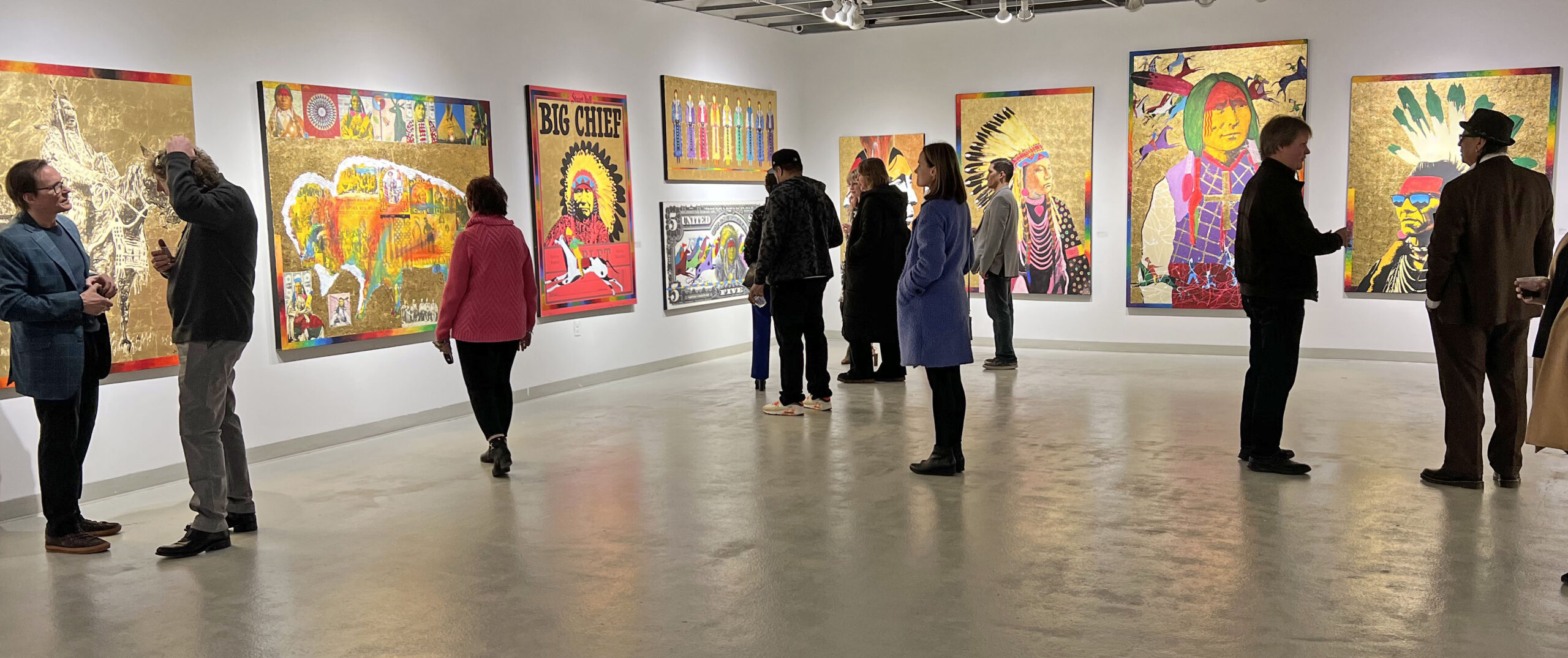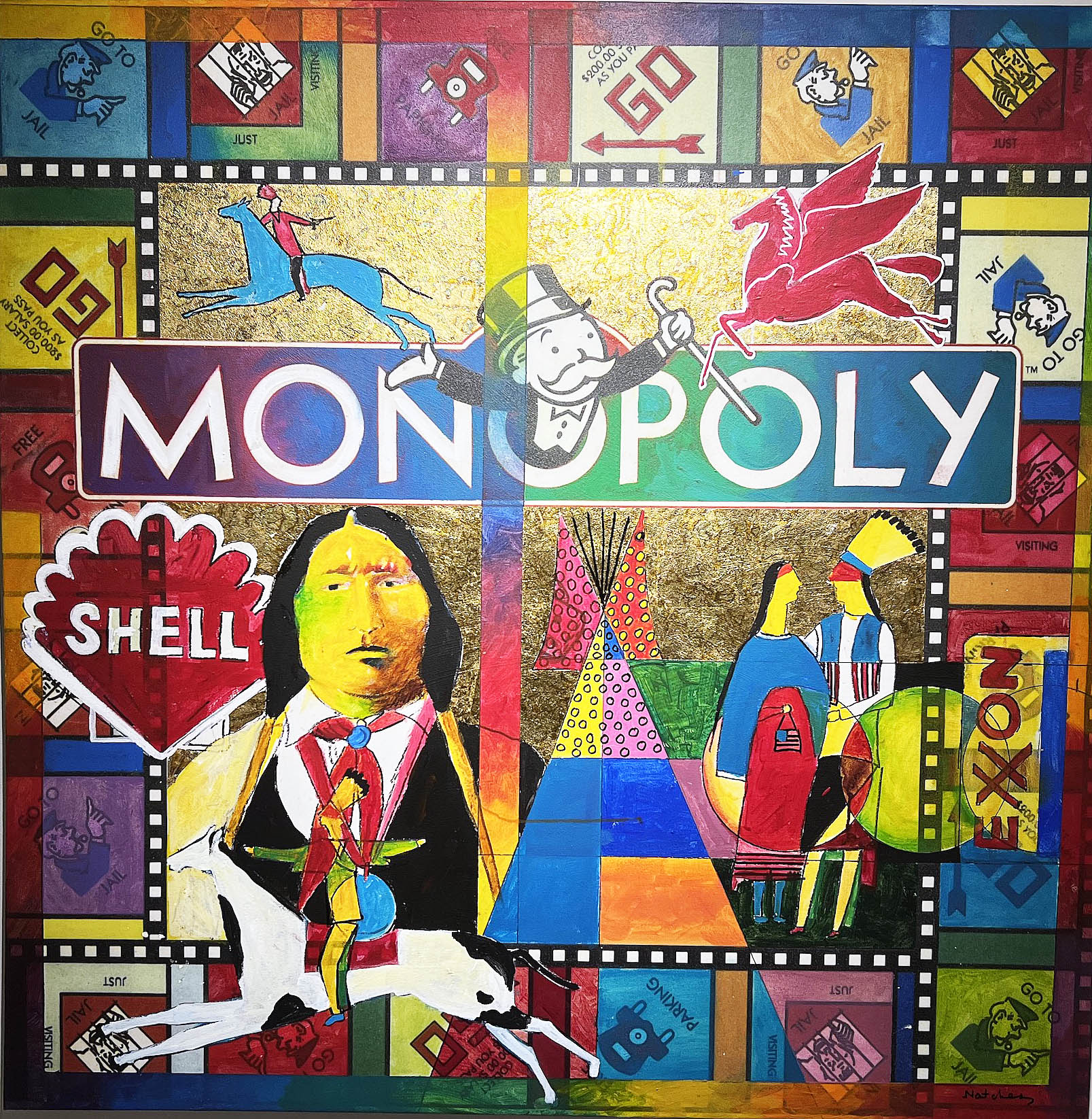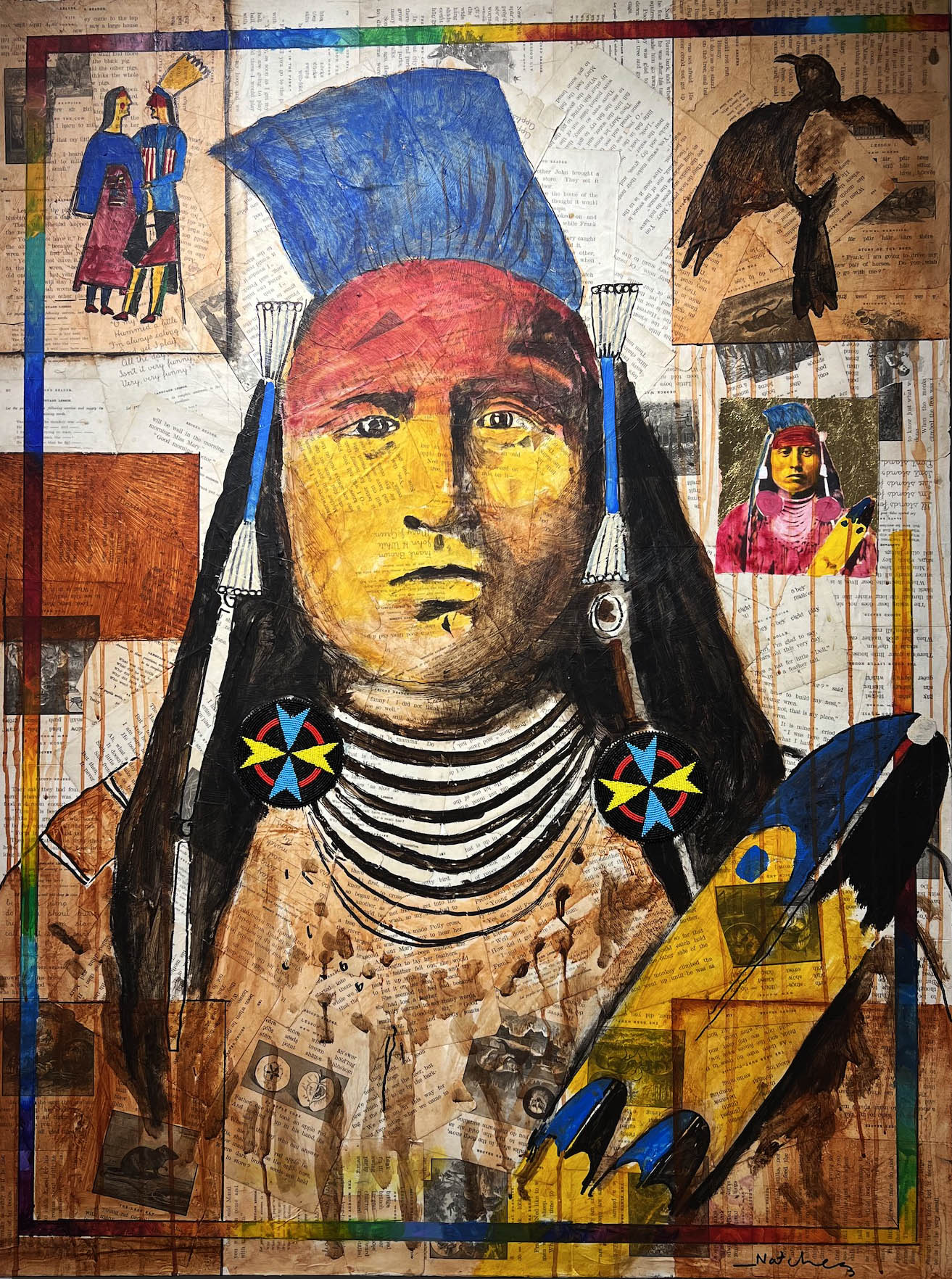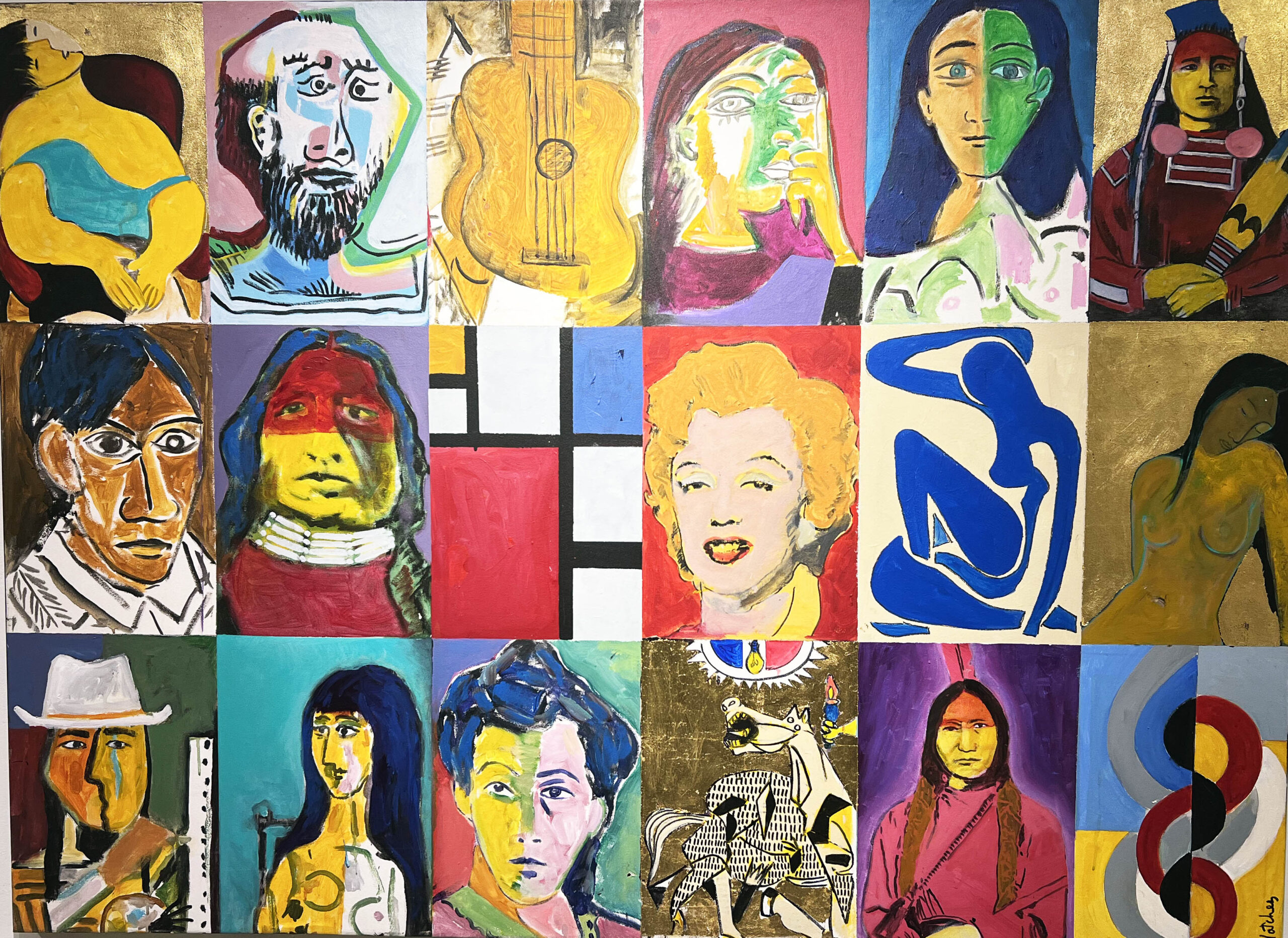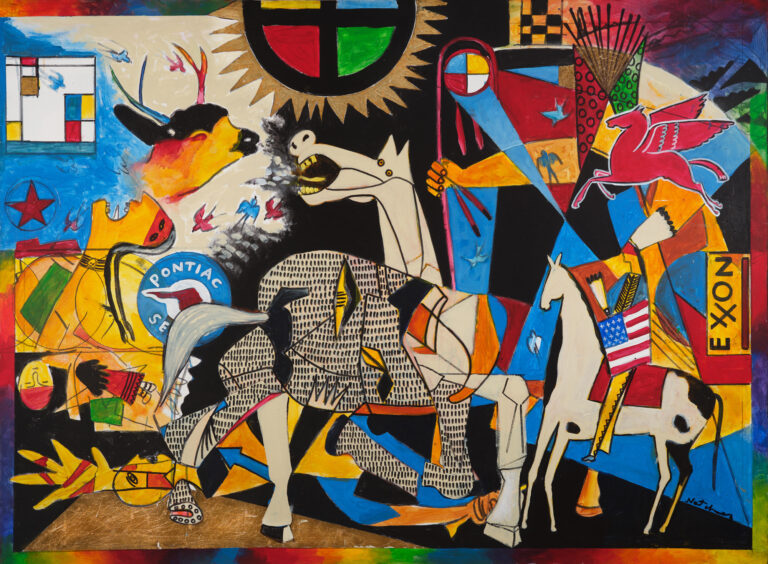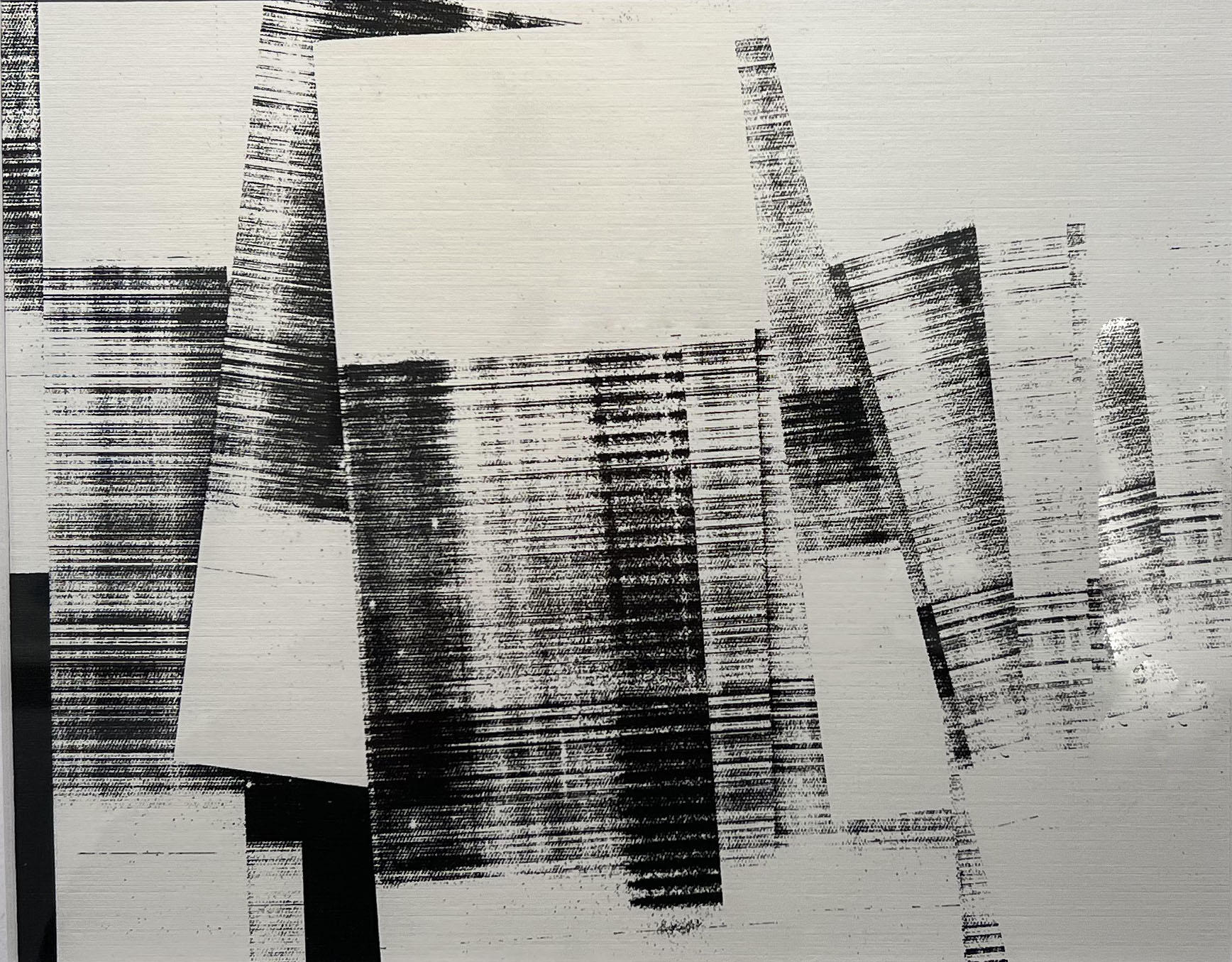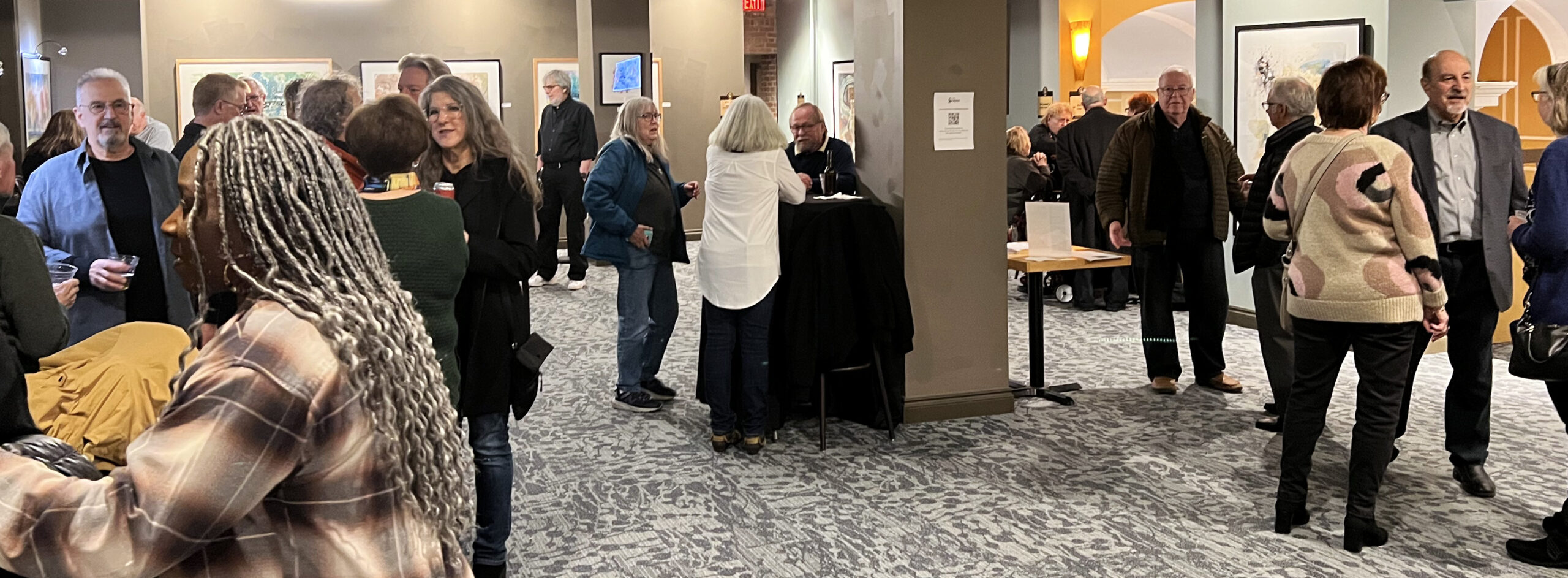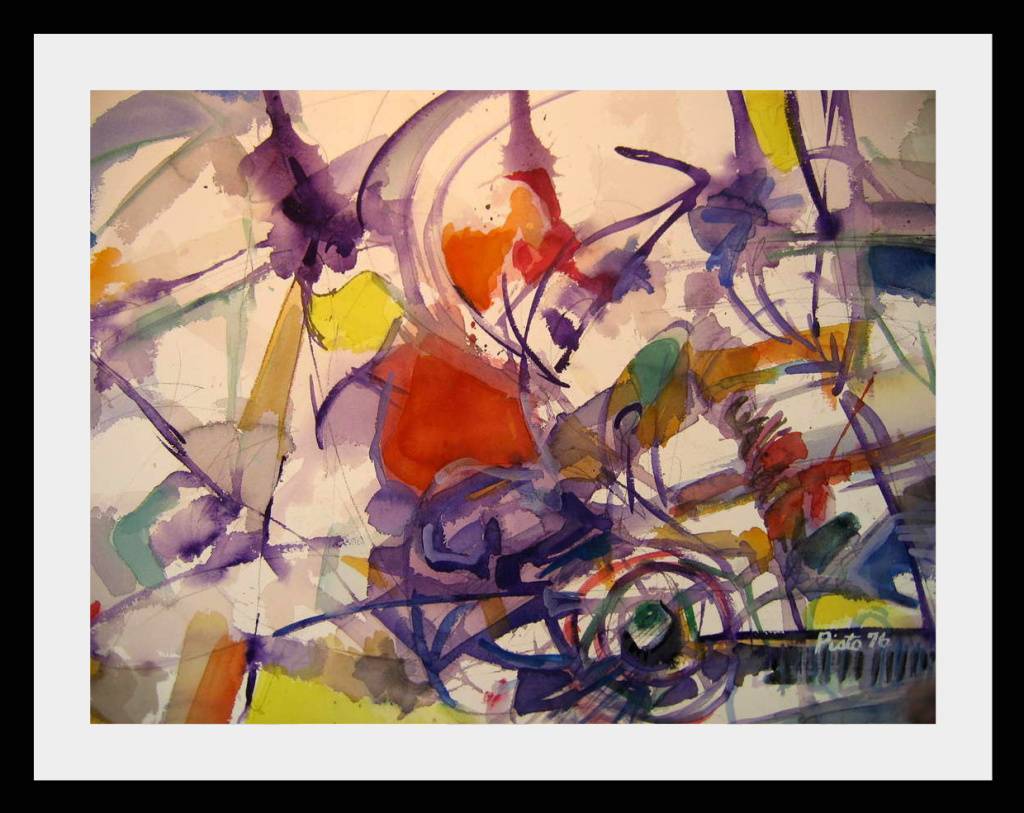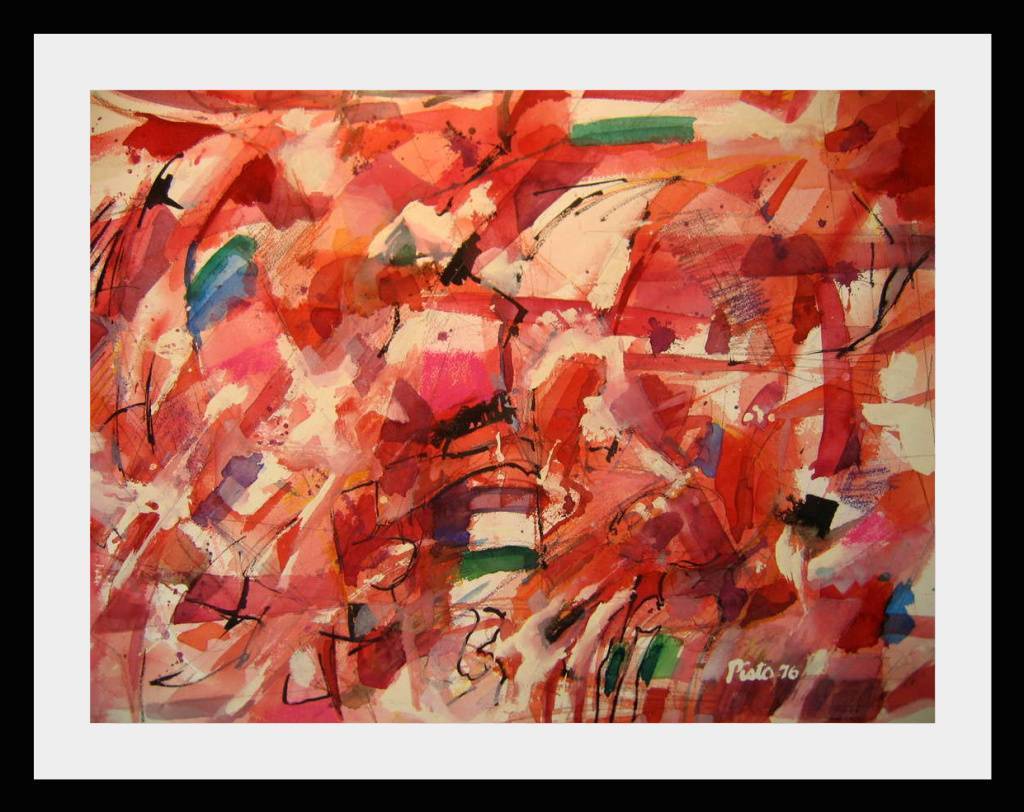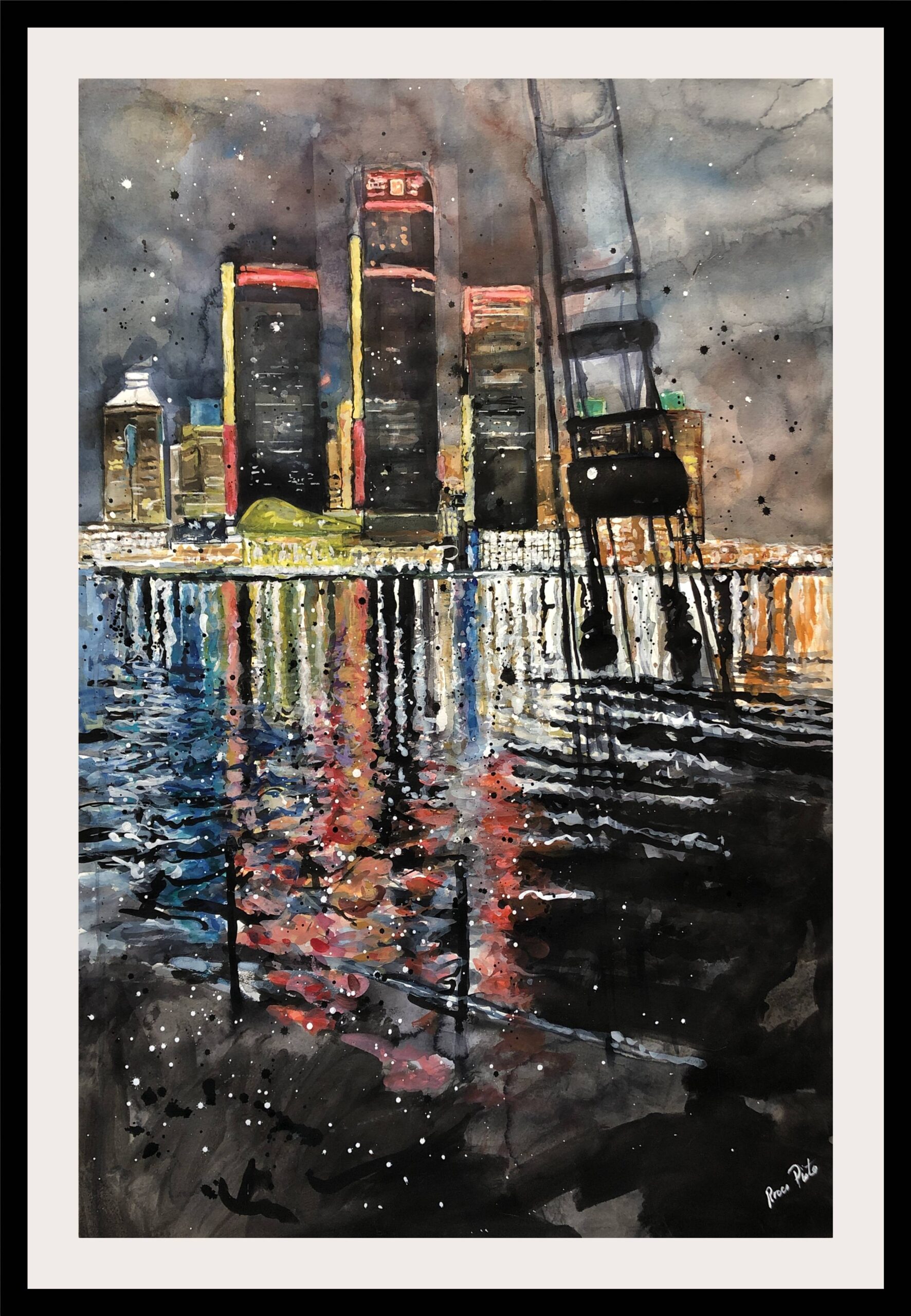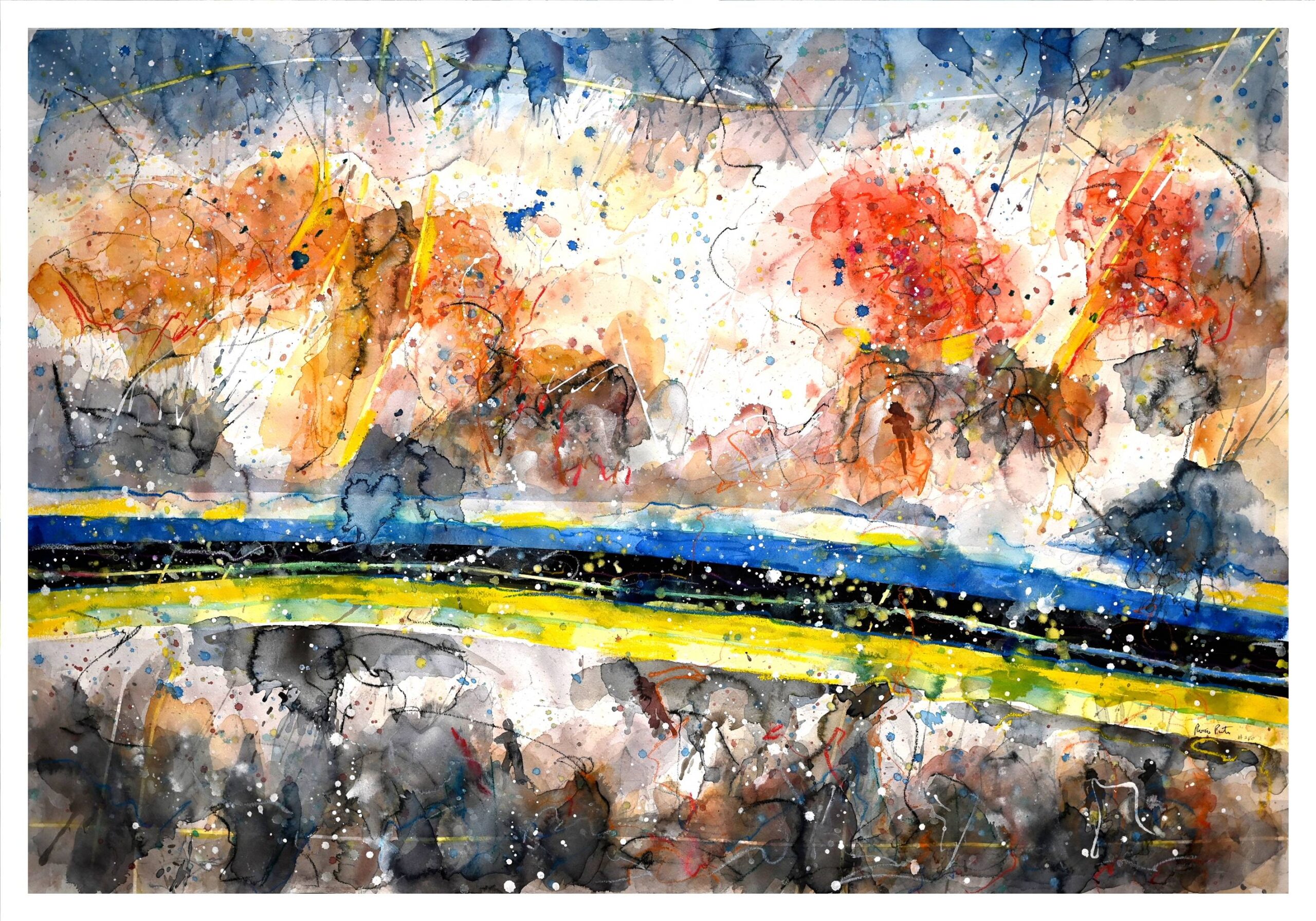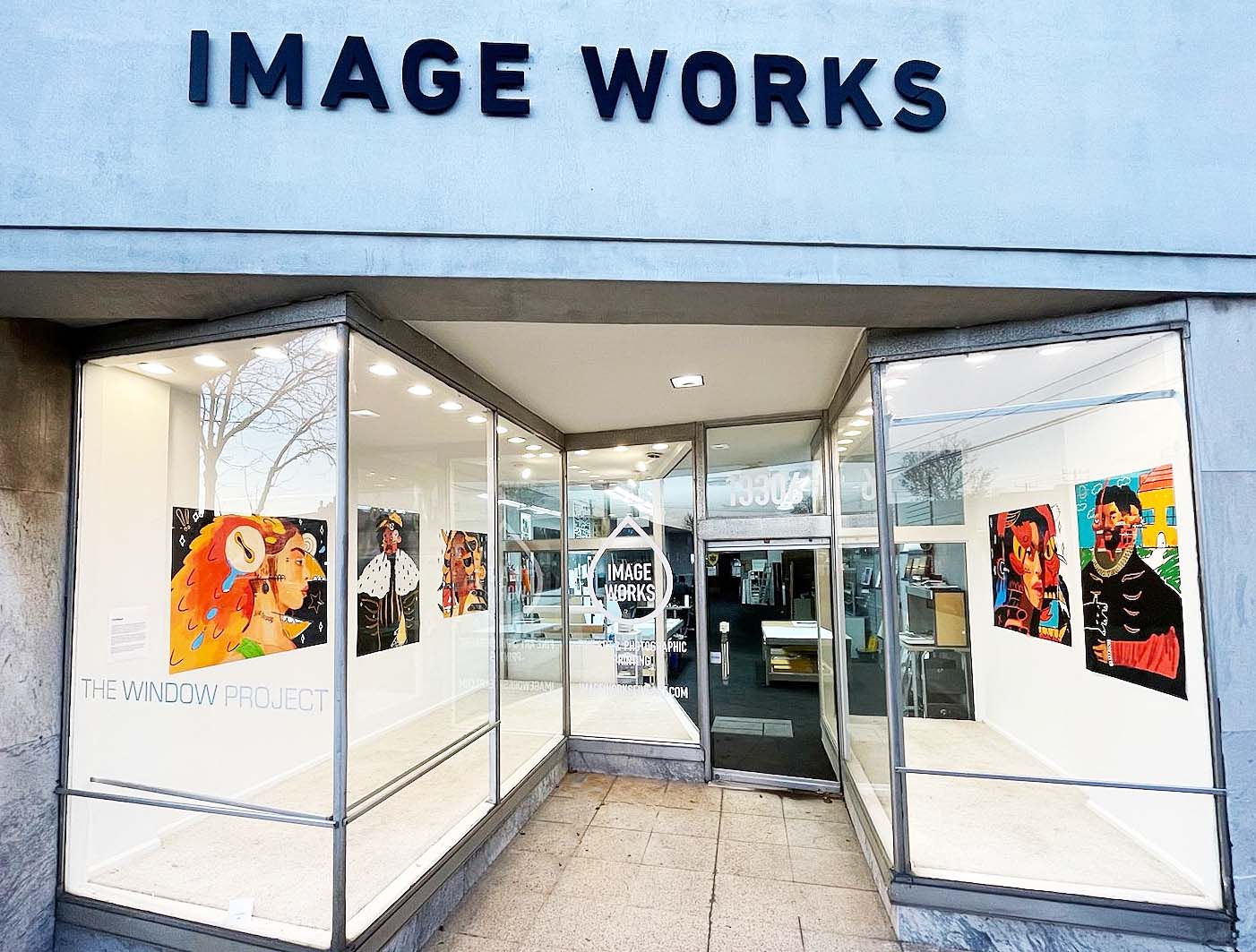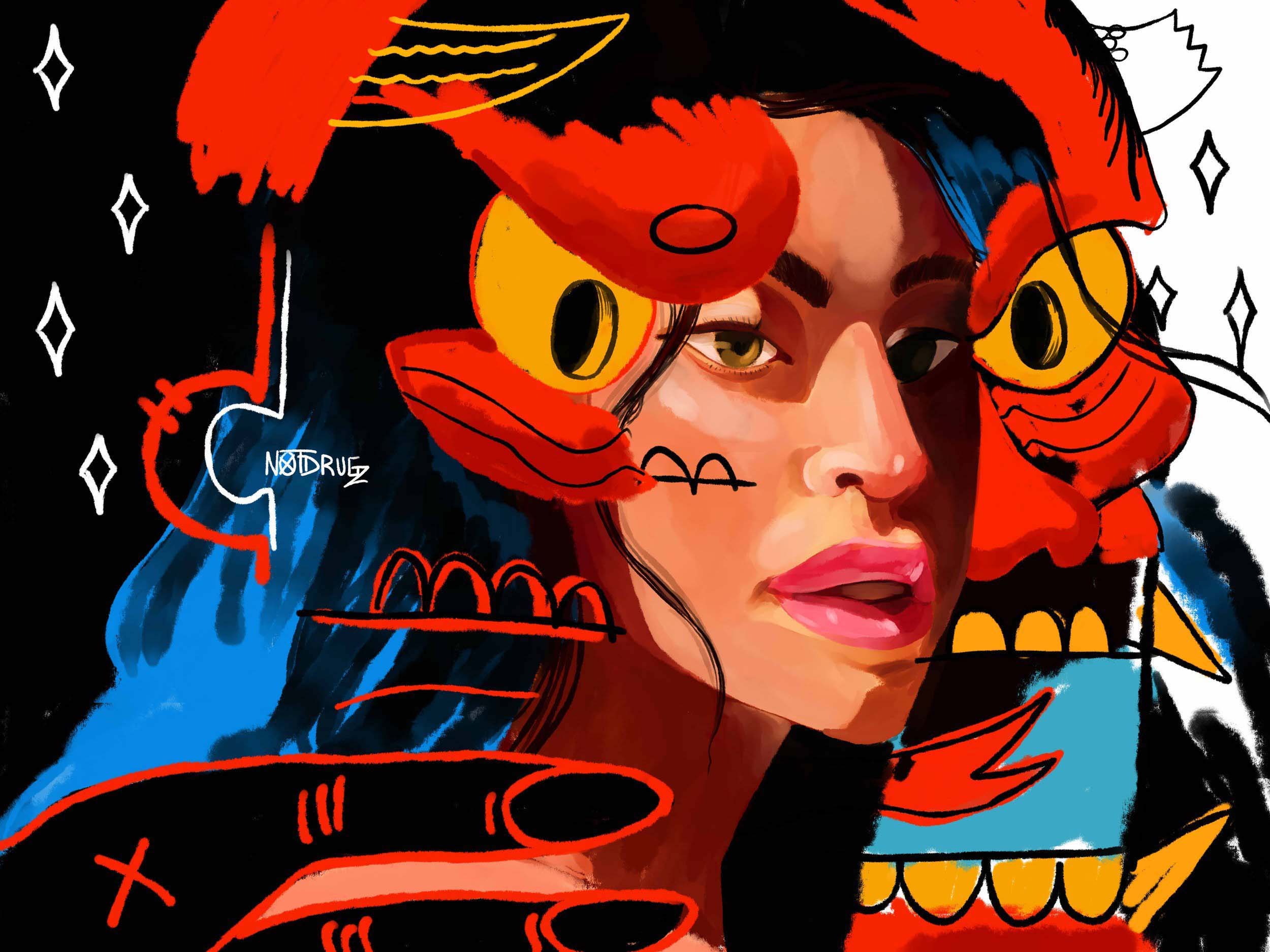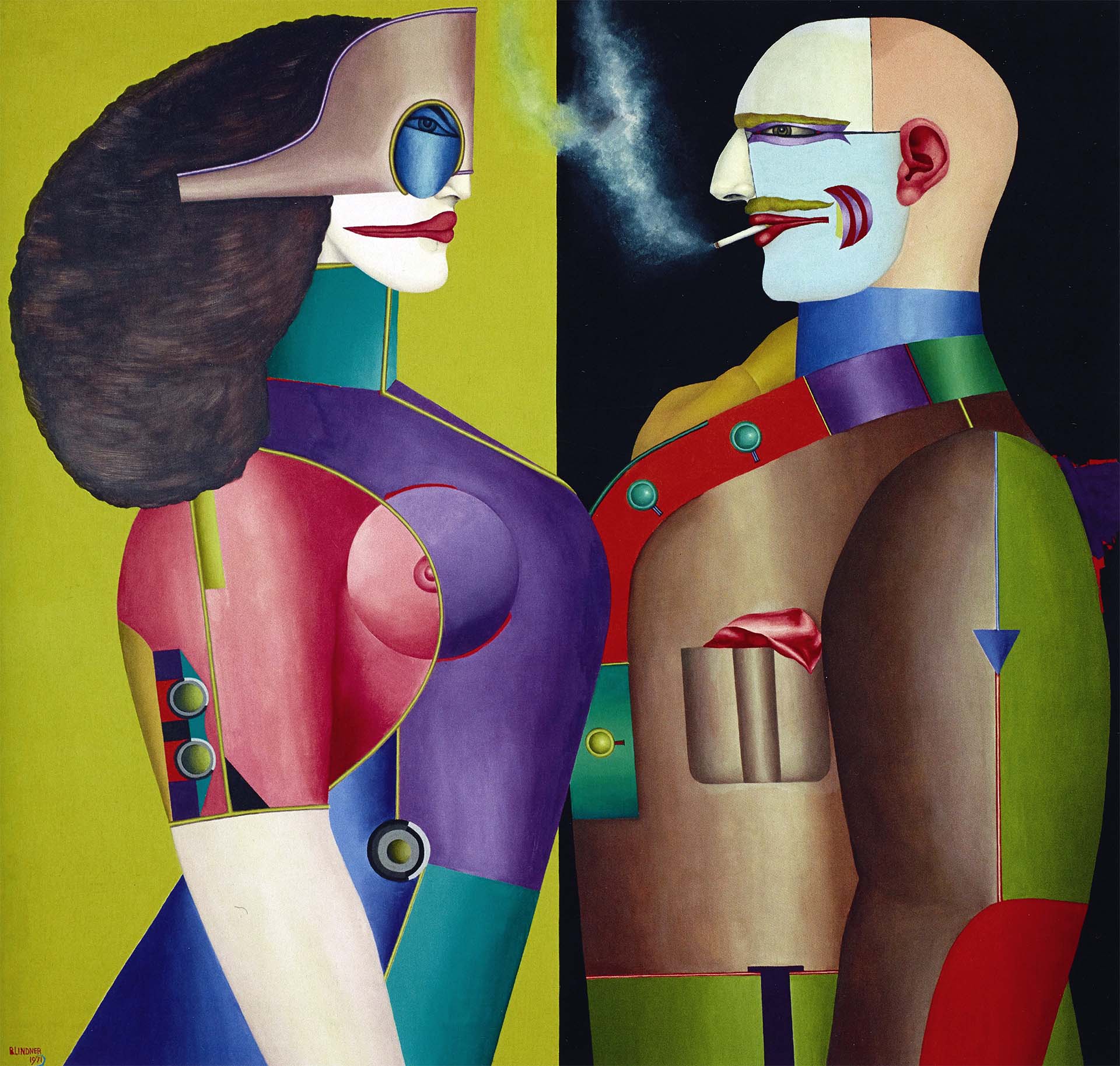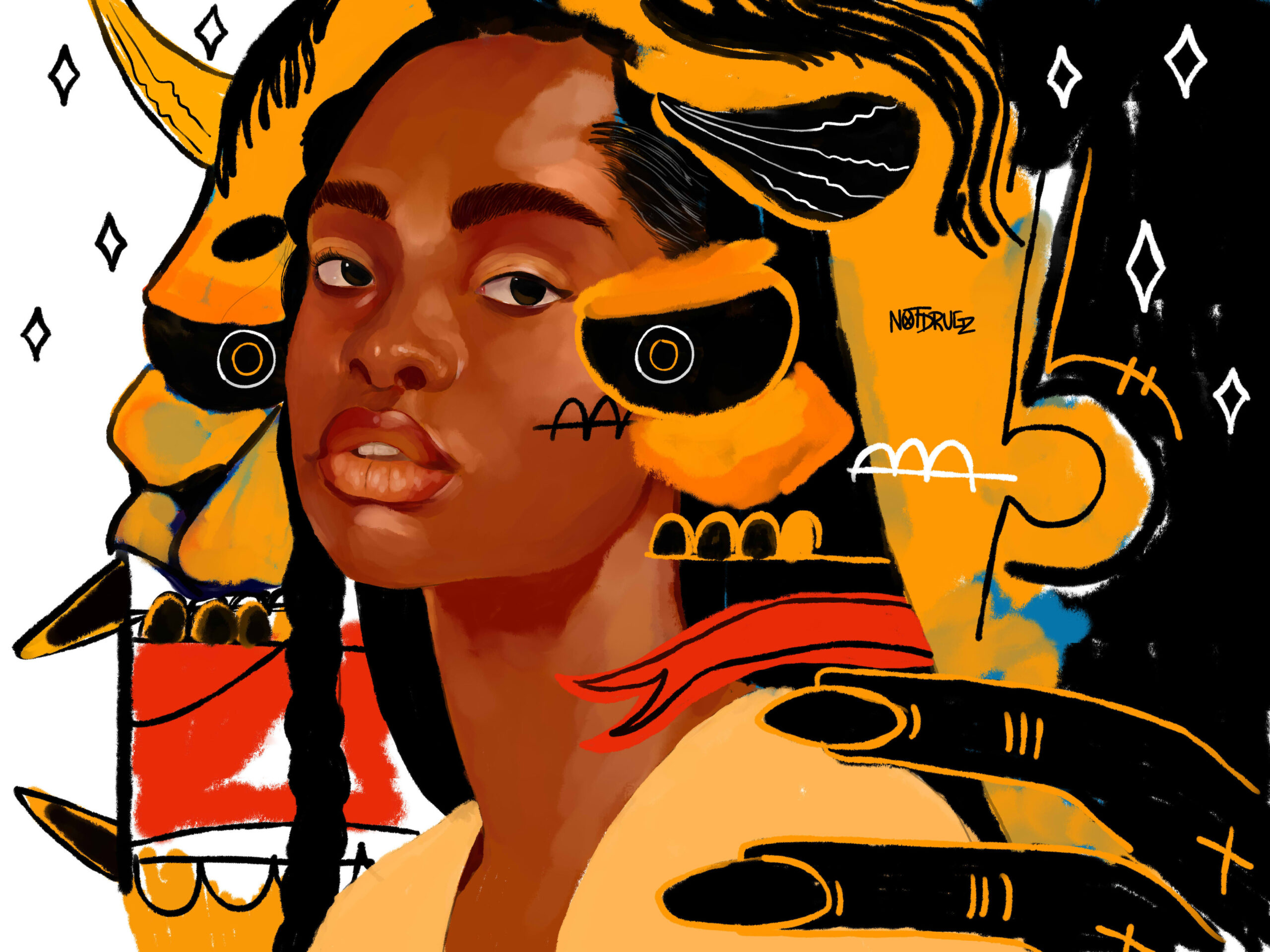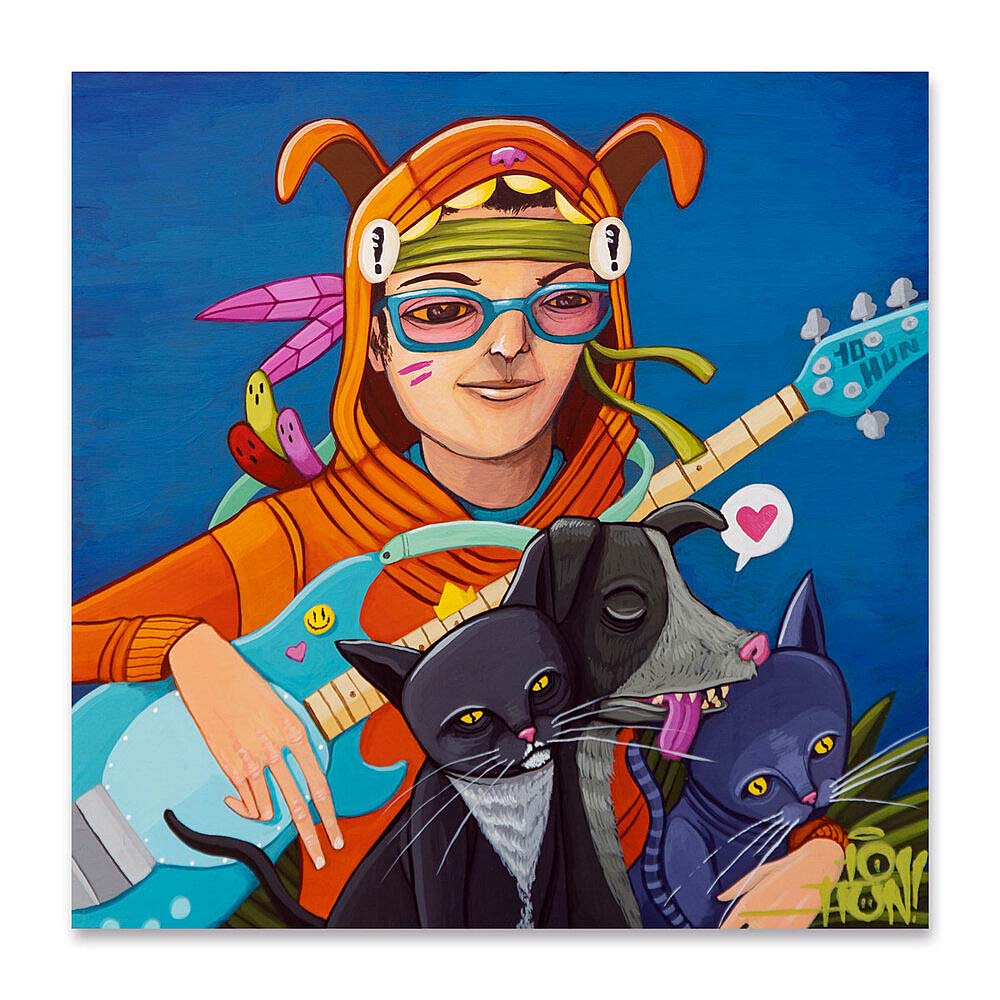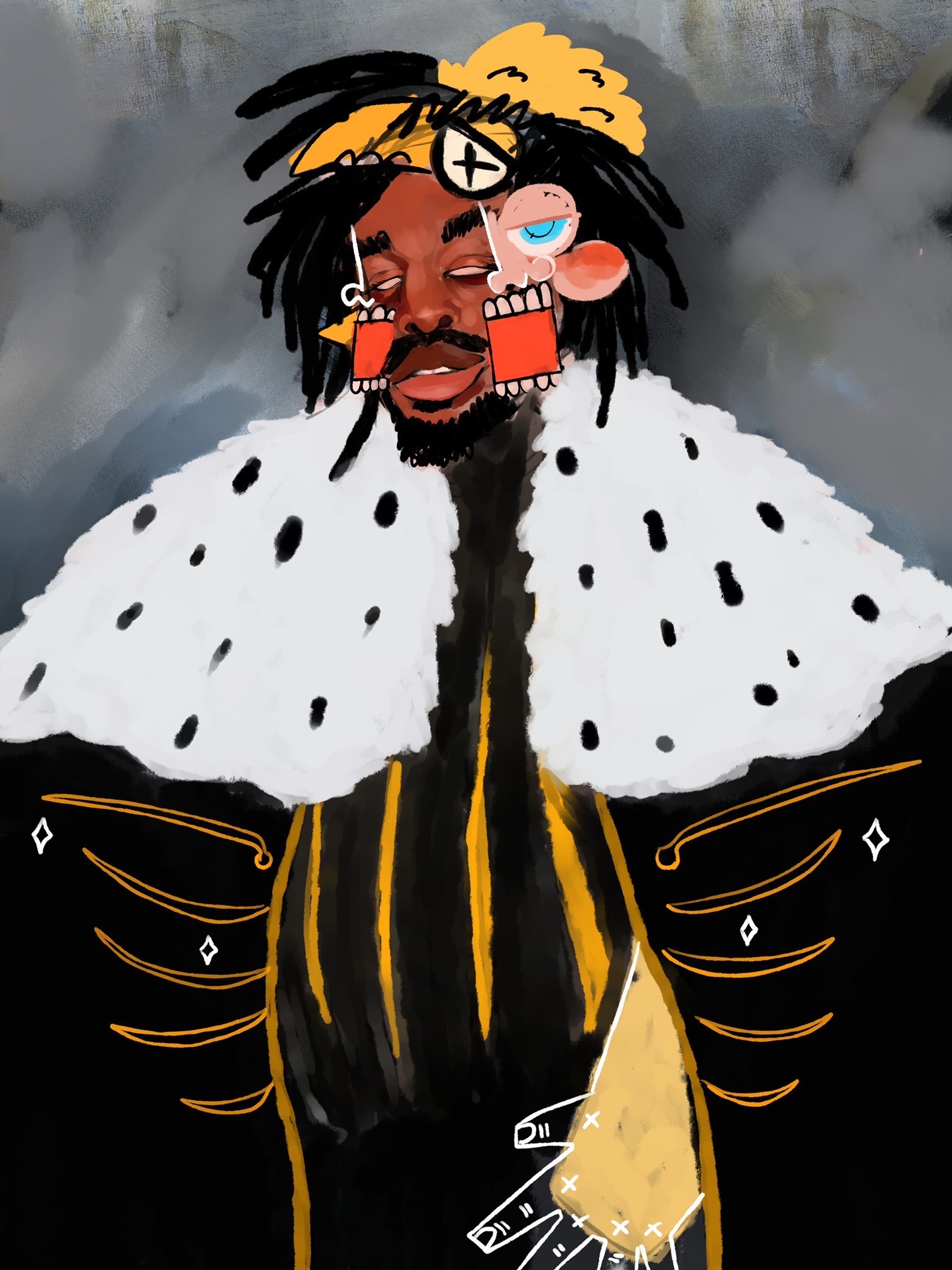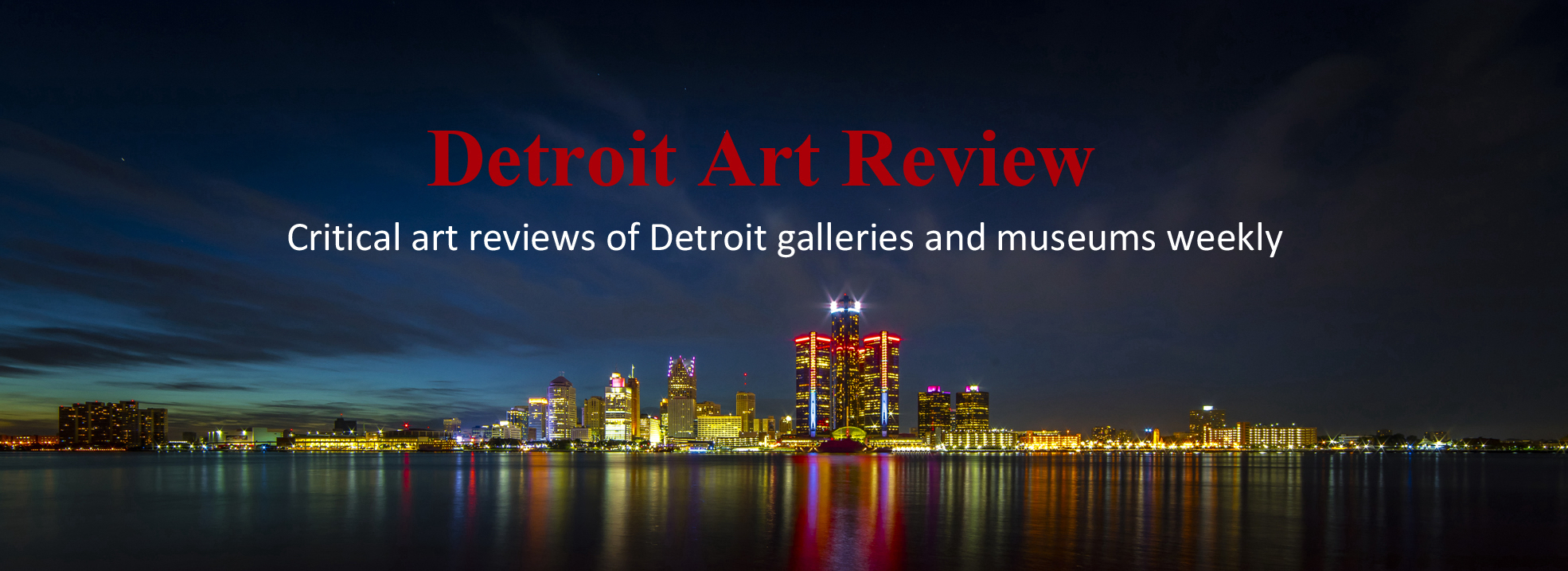Untouched by Time – for the American painter Thomas Parish

Installation, the image of the artist, Tom Parish (June 11, 1933 – October 25, 2018), 2019, all images courtesy of DAR
He was born in Hibbing, Minnesota 1933, where blistering winters kept the young boy inside his home, coloring the pages from a Sears & Roebuck catalog. When he was four, his mother married Ken Parish, and the family moved to Chicago. He attended a public grade school where he was recognized for his art and later attended a military high school providing a small studio space. There he made paintings that were purchased by many of his teachers. During this period, he repeatedly visited the Chicago Art Institute and was excited by the work of Joseph Cornell, J.M.W. Turner, El Greco, Jean Baptiste Corot, and Edward Hopper. He often said, “My father wanted a better and more highly recognized school experience for his son.”
Upon graduation from high school, Parish’s mother helped him apply to William & Mary College, a prestigious liberal arts school in Williamsburg, Virginia. Still, it was a short time before his teachers, based on his artistic talent, recommended that he transfer to the Pennsylvania Academy of Fine Art with its famous museum. Well known for its academic approach to painting, the teachers taught the highly traditional skills of life drawing and painting. He recalled opening an exhibition that included Franklin Watkins, Morris Blackburn, Hobson Pittman, Robert Motherwell, and Willem de Kooning. In addition, the permanent collection housed in the oldest college museum in the country had many masterpieces by William Merritt Chase, Thomas Eakins, and Winslow Homer, and former Academy students Robert Henri and John Sloan.
It would shape Parish’s painting in a way that would soon be discovered.

Tom Parish, Pink Sky, 36 x 24″, Oil on canvas, 2000.
Parish’s graduate degree led him to two years of teaching in North Dakota and a community college teaching position at Forest Park that lasted three years. The offer of a teaching assistantship at the University of North Dakota led him to the art department there, headed by Bob Nelson, who had trained at the Chicago Art Institute and had figurative work at the Corcoran Gallery in Washington, D.C., and the Museum of Modern Art. He made several friends who taught nearby at Washington University in St. Louis, Missouri, with a distinguished faculty, such as Josef Albers and Max Beckman, and again, a rich collection at the museum.
Along the way, the literary influences that he sought out would shape his thinking about painting. He would say, “An early influence was Cezanne’s Composition: Analysis of Form, by Erle Loran, which helped provide a framework for looking at composition, along with The Story of Art, by E.H. Gombrich, a widely regarded book of art criticism.” It was his reading of Albert Pinkham Ryder, an American painter, whose descriptions of these moody seascapes, and Hart Crane’s The Bridge, a poem inspired by New York City’s Brooklyn Bridge, that pushed Parish towards landscape painting, albeit surreal and aerial images of objects and buildings.
All along the way, these constant visits to world-class museums and a new type of jazz music during the mid-1950s filtered into Parish’s view of the world. He eventually created a unique island called Zarna, a place from his childhood filled with imaginative landscapes. These aerial images produced with minor marks of paint often included train tracks, rooftops, and geometric objects, each with a light source casting shadows to the side.
There came a time in the mid-1960s when an Assistant Professor position at Wayne State University opened up. During a visit to Chicago, Robert Wilbert, the then Chair of Painting, was impressed with the work of Tom Parish. Mack Gilman of the Gilman Gallery said, “Parish is among the best of six living painters in the world.” Wilbert had found what he was looking for and knew with Parish on board; he would have a good team. At that very moment, Parish was on his way to teach at L’Ecole des Arts in Winnipeg, Canada, when he got a call from Wilbert and was offered an Assistant Professor position on a tenure track to teach painting in Detroit. Located in midtown across from the Detroit Institute of Arts, with one of the most significant art collections in the United States, Parish had found a place to teach and paint near a world-class museum.
Parish had found gallery representation in Chicago with Mac Gilman in the 1960s, where he exhibited his Zarna-based surreal landscapes comprised of a compact field of stones, producing a color field. The work attracted the attention of the Martha Jackson Gallery in New York City, specializing in American painting. Parish participated in three exhibitions at the Martha Jackson Gallery in the early 1970s after David Andersen (Martha Jackson’s son) had seen his work in San Francisco. 1980 Parish resumed the relationship with the Gilman Gallery. This was to become the Gilman Gruen Gallery and eventually the Gruen Gallery. There would be ten years of exhibition in Chicago, and by this time, Parish had solidified his reputation for painting in the Chicago and Detroit art communities.
By then, Parish was searching for a direction to take the work until a visit to Europe and Venice in 1986 provided him with a replacement for the Zarna imagery. The canals, corners, terraces, and undulating water shimmering with elongated light satisfied his love for landscape painting. It was an ‘Old World’ atmosphere with the architectural form and mystical light that seemed to draw him into a significant compositional transition.
He needed to keep his teaching position and his studio in Detroit, so he and his wife, Shirley, began to plan extended trips to Venice, sometimes twice or three times a year, spanning the last thirty years. The time in Venice was spent on observation and capturing images photographically during a two-, sometimes three-week stay. The photos were both in spirit and part informational in creating what I have called magical realism, using a literary term. The early work would include a Vaporetto, water taxi, or gondola and be always set against a salty, worn section of architecture and elongated reflections flight on water. The underlying strength is always compositional. Parish returned to everything he had experienced in his reading to his observations of Cezanne, combined with a lucid imagination to form special longitudes of form and gentle reflections of light.
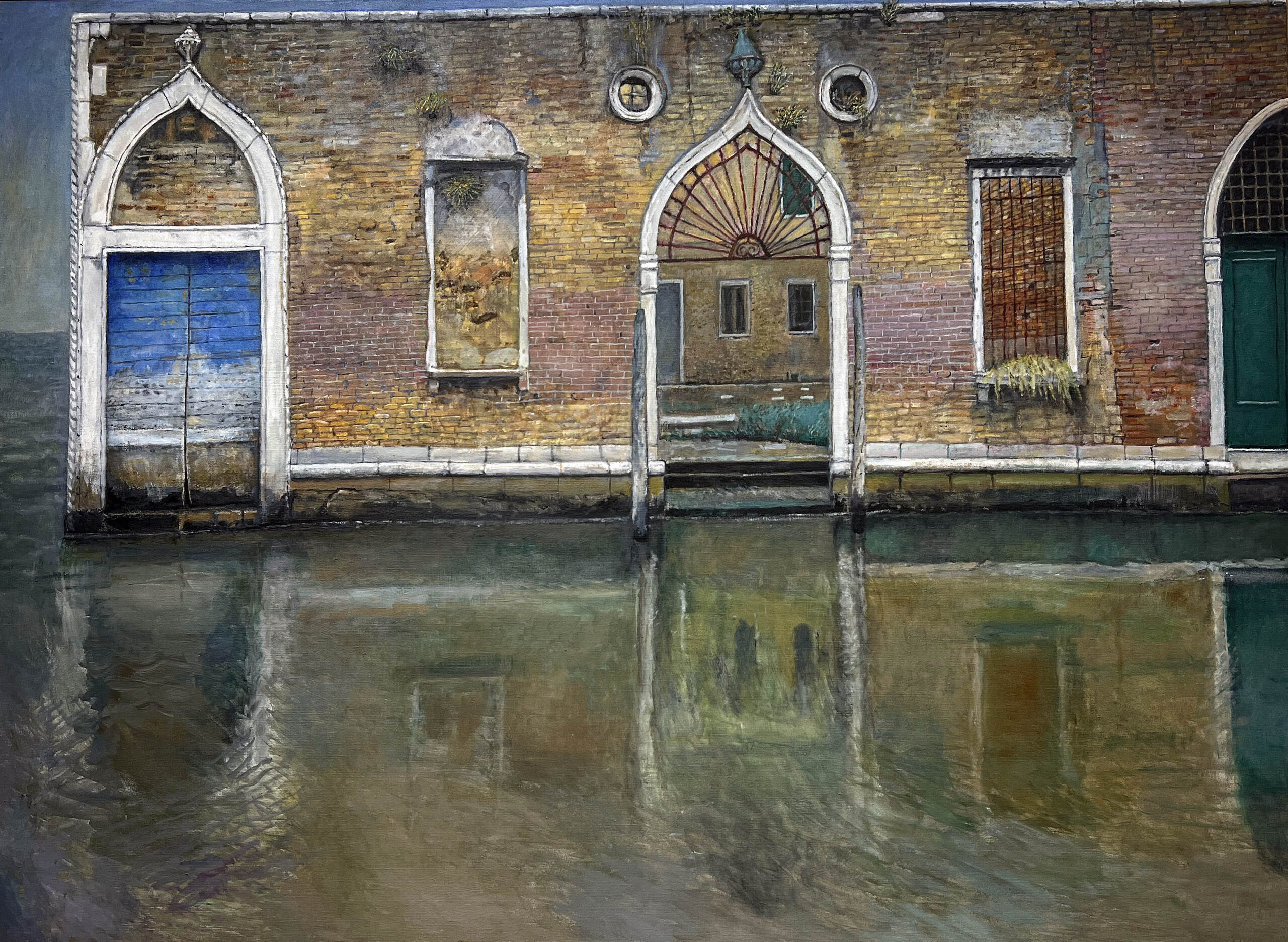
Tom Parish, Sogo Dream, 55 x 75″, 2016
Parish’s work, like Sogno Dream, 55 x 75-inch Oil on Canvas, combines his strengths: a composition that stretches out spatially and draws on elements in abstraction and his command of painting in the reflection-struck water in the turbulent canal. The viewer is drawn into the water’s texture above and below the water’s surface. Venice, Italy’s famous artists Jacopo Bassano, Giovanni Bellini, Giorgio e, Titian, Palo Veronese, and Tintoretto have left their mark primarily by painting religious allegories. Parish focused on architecture and light.
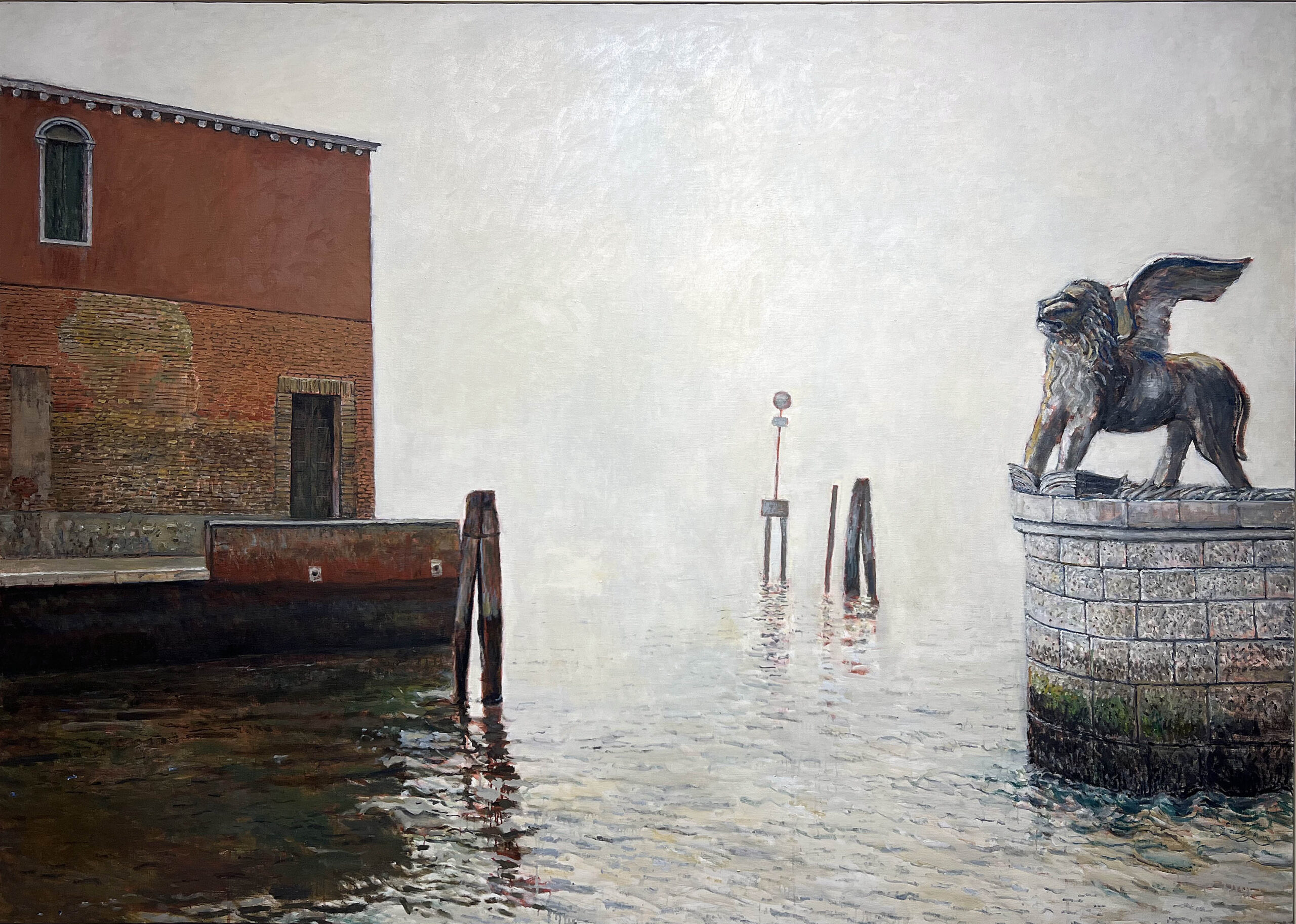
Tom Parish, San Marco, 61 x 85″, 2014
Writers succumbed to the city’s unique charm, vitality, and decadence including Goethe, Herman Hesse, and John Ruskin. Thomas Mann (1875 – 1955), the Nobel Prize winner in literature, was fascinated by Venice and used it as a setting for one of his most famous novels. He writes the following in 1912 in “Death in Venice”: “Yes, this was Venice, this the fair frailty that fawned and that betrayed half fairy-tale, half star; the city in whose stagnating air the art of painting once put forth so lusty a growth, and where musicians were moved to accords so weirdly lulling and lascivious.”
It took an American painter, Thomas Parish, from Hibbing, Minnesota, home to the musician Bob Dylan, to find the landscape in Venice, part of the shallow Venetian lagoon and an enclosed bay between the mouths of the Po and the Piave Rivers. His Venetian landscapes expose the beauty of the architectural setting and swirls of reflective water that transcend a soft blend of magnitude and mystery. The memorial exhibition, Untouched by Time, was curated by Dalia Reyes, Gallery Director at the Scarab Club, with assistance from Shirley Dombrowski Parish.
Untouched by Time, Tom Parish, Scarab Club, open until June 17 – 2023.

